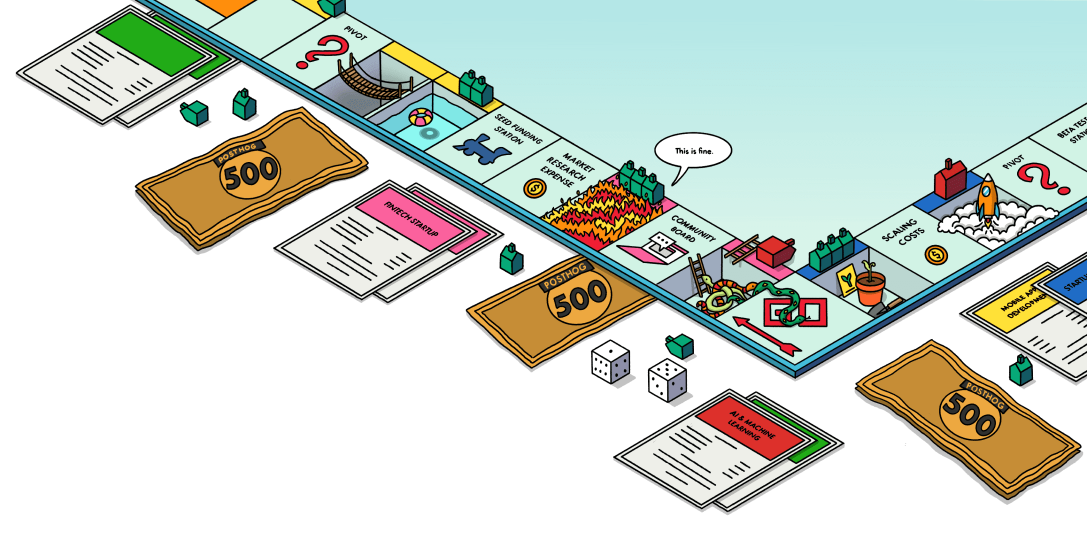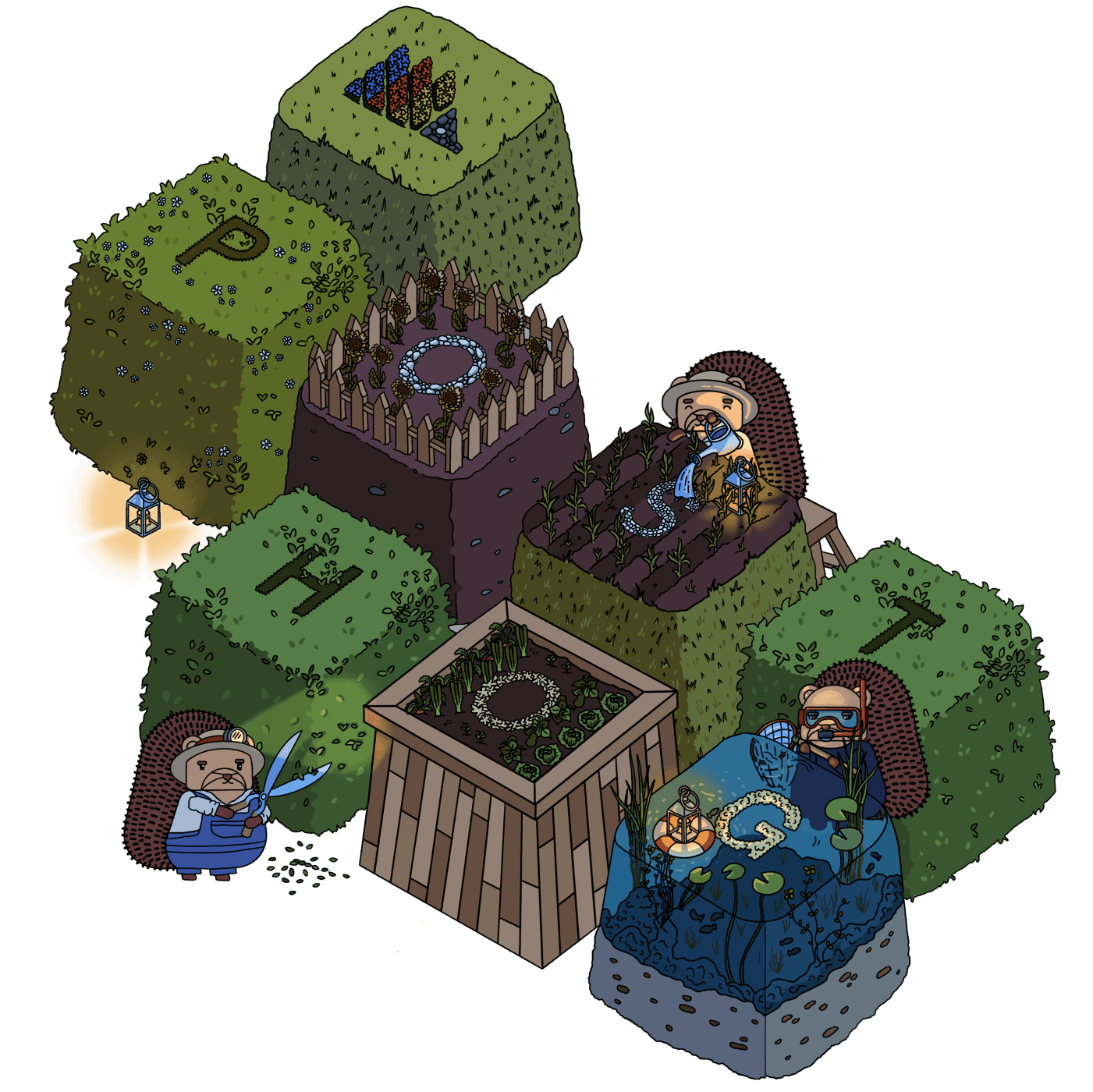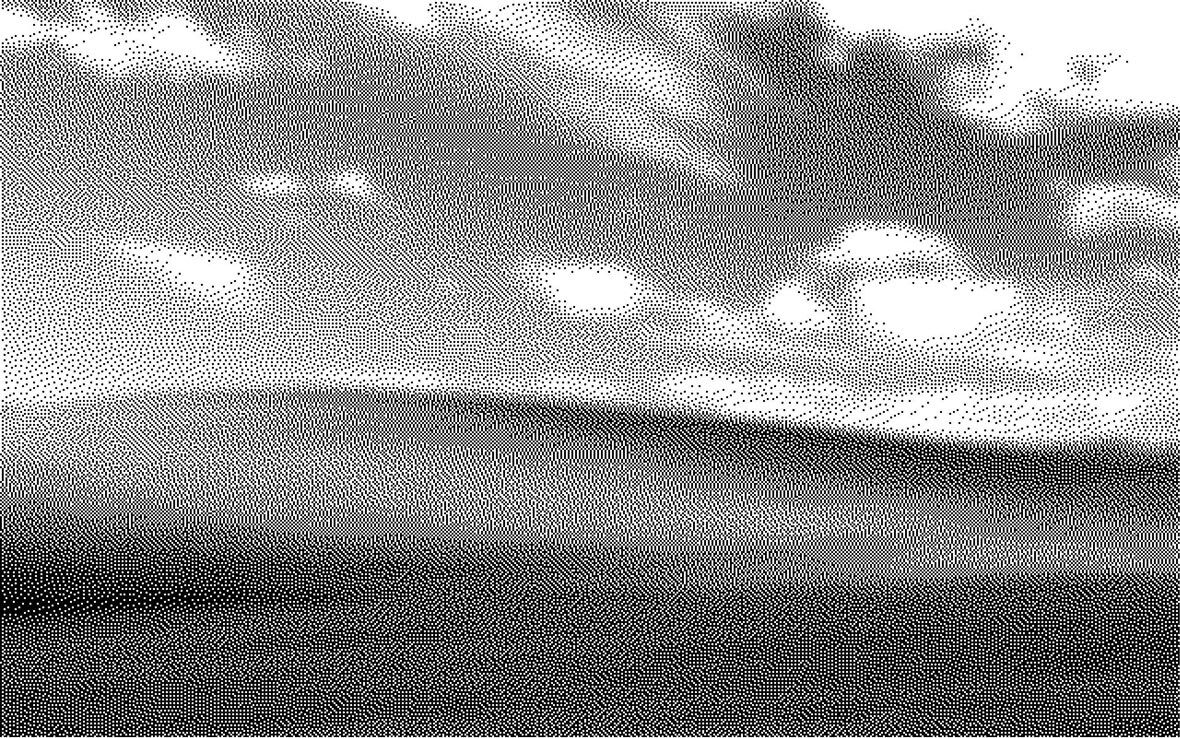.NET
Contents
This is an optional library you can install if you're working with .NET Core. It uses an internal queue to make calls fast and non-blocking. It also batches requests and flushes asynchronously, making it perfect to use in any part of your web app or other server side application that needs performance.
Installation
The PostHog package supports any .NET platform that targets .NET Standard 2.1 or .NET 8+, including MAUI, Blazor, and console applications. The PostHog.AspNetCore package provides additional conveniences for ASP.NET Core applications such as streamlined registration, request-scoped caching, and integration with .NET Feature Management.
Note: We actively test with ASP.NET Core. Other platforms should work but haven't been specifically tested. If you encounter issues, please report them on GitHub.
Not supported: Classic UWP (requires .NET Standard 2.0 only). Microsoft has deprecated UWP in favor of the Windows App SDK. For Unity projects, see our dedicated Unity SDK (currently in beta).
In your Program.cs (or Startup.cs for ASP.NET Core 2.x) file, add the following code:
Make sure to configure PostHog with your project API key, instance address, and optional personal API key. For example, in appsettings.json:
Note: If the host is not specified, the default host
https://us.i.posthog.comis used.
Use a secrets manager to store your personal API key. For example, when developing locally you can use the UserSecrets feature of the dotnet CLI:
You can find your project API key and instance address in the project settings page in PostHog.
Working with .NET Feature Management
PostHog.AspNetCore supports .NET Feature Management. This enables you to use the <feature /> tag helper and the FeatureGateAttribute in your ASP.NET Core applications to gate access to certain features using PostHog feature flags.
To use feature flags with the .NET Feature Management library, you'll need to implement the IPostHogFeatureFlagContextProvider interface. The quickest way to do that is to inherit from the PostHogFeatureFlagContextProvider class and override the GetDistinctId and GetFeatureFlagOptionsAsync methods.
Then, register your implementation in Program.cs (or Startup.cs):
With this in place, you can now use feature tag helpers in your Razor views:
Multivariate feature flags are also supported:
You can also use the FeatureGateAttribute to gate access to controllers or actions:
Using the core package without ASP.NET Core
If you're not using ASP.NET Core (for example, in a console application, MAUI app, or Blazor WebAssembly), install the PostHog package instead of PostHog.AspNetCore. This package has no ASP.NET Core dependencies and can be used in any .NET project targeting .NET Standard 2.1 or .NET 8+.
The PostHogClient class must be implemented as a singleton in your project. For PostHog.AspNetCore, this is handled by the builder.AddPostHog(); method. For the PostHog package, you can do the following if you're using dependency injection:
If you're not using a builder (such as in a console application), you can do the following:
The AddPostHog methods accept an optional Action<PostHogOptions> parameter that you can use to configure the client.
If you're not using dependency injection, you can create a static instance of the PostHogClient class and use that everywhere in your project:
Debug mode
If you're not seeing the expected events being captured, the feature flags being evaluated, or the surveys being shown, you can enable debug mode to see what's happening.
To see detailed logging, set the log level to Debug or Trace in appsettings.json:
Capturing events
You can send custom events using capture:
Tip: We recommend using a
[object] [verb]format for your event names, where[object]is the entity that the behavior relates to, and[verb]is the behavior itself. For example,project created,user signed up, orinvite sent.
Setting event properties
Optionally, you can include additional information with the event by including a properties object:
Sending page views
If you're aiming for a backend-only implementation of PostHog and won't be capturing events from your frontend, you can send $pageview events from your backend like so:
Person profiles and properties
The .NET SDK captures identified events by default. These create person profiles. To set person properties in these profiles, include them when capturing an event:
For more details on the difference between $set and $set_once, see our person properties docs.
To capture anonymous events without person profiles, set the event's $process_person_profile property to false:
Alias
Sometimes, you want to assign multiple distinct IDs to a single user. This is helpful when your primary distinct ID is inaccessible. For example, if a distinct ID used on the frontend is not available in your backend.
In this case, you can use alias to assign another distinct ID to the same user.
We strongly recommend reading our docs on alias to best understand how to correctly use this method.
Group analytics
Group analytics allows you to associate an event with a group (e.g. teams, organizations, etc.). Read the group analytics guide for more information.
Note: This is a paid feature and is not available on the open-source or free cloud plan. Learn more on our pricing page.
To capture an event and associate it with a group, add the groups argument to your Capture call:
Update properties on a group, use the GroupIdentifyAsync method:
The name is a special property which is used in the PostHog UI for the name of the group. If you don't specify a name property, the group ID will be used instead.
Feature flags
PostHog's feature flags enable you to safely deploy and roll back new features as well as target specific users and groups with them.
There are 2 steps to implement feature flags in .NET:
Step 1: Evaluate the feature flag value
Boolean feature flags
Multivariate feature flags
Note: The
GetFeatureFlagAsyncmethod returns a nullableFeatureFlagobject. If the flag is not found or evaluating it is inconclusive, it returnsnull. However, there is an implicit conversion to bool to make comparisons easier.
Step 2: Include feature flag information when capturing events
If you want use your feature flag to breakdown or filter events in your insights, you'll need to include feature flag information in those events. This ensures that the feature flag value is attributed correctly to the event.
Note: This step is only required for events captured using our server-side SDKs or API.
There are two methods you can use to include feature flag information in your events:
Method 1: Include the $feature/feature_flag_name property
In the event properties, include $feature/feature_flag_name: variant_key:
Method 2: Set send_feature_flags to true
The Capture() method has an optional argument sendFeatureFlags, which is set to false by default. By setting this to true, feature flag information will automatically be sent with the event.
Note that by doing this, PostHog will make an additional request to fetch feature flag information before capturing the event. So this method is only recommended if you don't mind the extra API call and delay.
Fetching all flags for a user
You can fetch all flag values for a single user by calling GetAllFeatureFlagsAsync().
This is useful when you need to fetch multiple flag values and don't want to make multiple requests.
Sending $feature_flag_called events
Capturing $feature_flag_called events enable PostHog to know when a flag was accessed by a user and thus provide analytics and insights on the flag. By default, we send a these event when:
- You call
posthog.GetFeatureFlagAsync()orposthog.IsFeatureEnabledAsync(), AND - It's a new user, or the value of the flag has changed.
Note: Tracking whether it's a new user or if a flag value has changed happens in a local cache. This means that if you reinitialize the PostHog client, the cache resets as well – causing
$feature_flag_calledevents to be sent again when callingGetFeatureFlagAsyncorIsFeatureEnabledAsync. PostHog is built to handle this, and so duplicate$feature_flag_calledevents won't affect your analytics.
You can disable automatically the additional request to capture $feature_flag_called events. For example, when you don't need the analytics, or it's being called at such a high volume that sending events slows things down.
To disable it, set the sendFeatureFlagsEvent option in your function call, like so:
Advanced: Overriding server properties
Sometimes, you may want to evaluate feature flags using person properties, groups, or group properties that haven't been ingested yet, or were set incorrectly earlier.
You can provide properties to evaluate the flag with by using the person properties, groups, and group properties arguments. PostHog will then use these values to evaluate the flag, instead of any properties currently stored on your PostHog server.
For example:
Overriding GeoIP properties
By default, a user's GeoIP properties are set using the IP address they use to capture events on the frontend. You may want to override the these properties when evaluating feature flags. A common reason to do this is when you're not using PostHog on your frontend, so the user has no GeoIP properties.
You can override GeoIP properties by including them in the person_properties parameter when evaluating feature flags. This is useful when you're evaluating flags on your backend and want to use the client's location instead of your server's location.
The following GeoIP properties can be overridden:
$geoip_country_code$geoip_country_name$geoip_city_name$geoip_city_confidence$geoip_continent_code$geoip_continent_name$geoip_latitude$geoip_longitude$geoip_postal_code$geoip_subdivision_1_code$geoip_subdivision_1_name$geoip_subdivision_2_code$geoip_subdivision_2_name$geoip_subdivision_3_code$geoip_subdivision_3_name$geoip_time_zone
Simply include any of these properties in the person_properties parameter alongside your other person properties when calling feature flags.
Local evaluation
Evaluating feature flags requires making a request to PostHog for each flag. However, you can improve performance by evaluating flags locally. Instead of making a request for each flag, PostHog will periodically request and store feature flag definitions locally, enabling you to evaluate flags without making additional requests.
It is best practice to use local evaluation flags when possible, since this enables you to resolve flags faster and with fewer API calls.
For details on how to implement local evaluation, see our local evaluation guide.
Experiments (A/B tests)
Since experiments use feature flags, the code for running an experiment is very similar to the feature flags code:
It's also possible to run experiments without using feature flags.
GeoIP properties
The posthog-dotnet library disregards the server IP, does not add the GeoIP properties, and does not use the values for feature flag evaluations.
Serverless environments (Azure Functions/Render/Lambda/...)
By default, the library buffers events before sending them to the /batch endpoint for better performance. This can lead to lost events in serverless environments if the .NET process is terminated by the platform before the buffer is fully flushed.
To avoid this, call await posthog.FlushAsync() after processing every request by adding it as a middleware to your server. This allows posthog.Capture() to remain asynchronous for better performance.








